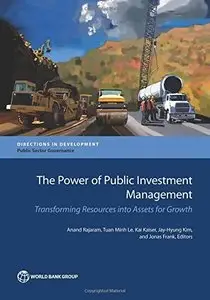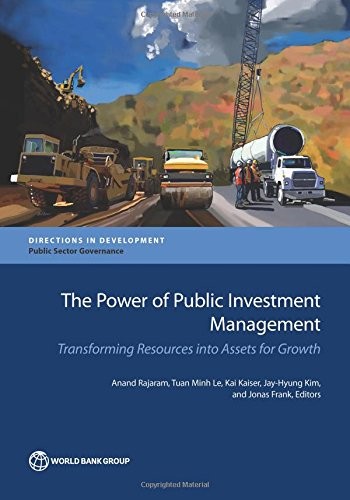The Power of Public Investment Management: Transforming Resources Into Assets for Growth (Directions in Development) by Anand Rajaram, Kai Kaiser, & 3 more
2014 | ISBN: 1464803161 | English | 200 pages | PDF | 3 MB
2014 | ISBN: 1464803161 | English | 200 pages | PDF | 3 MB
Public resources - if invested well in public infrastructure and services - can catalyze private and community efforts and unleash an inclusive growth and development process. But public investment attracts political interest, usually of the kind that undermines efficiency. Too often public projects are poorly designed, under-funded, long-delayed, or badly implemented, with little benefit to the population. This is a critical challenge for many countries, both rich and poor. Paradoxically, some countries are even unable to spend their limited investment budgets while others lack “shovel ready” projects for a fiscal stimulus. The quality of institutions is fundamental. This book identifies eight key institutional features that countries need to adopt to ensure that public investments support growth and development. Very broadly, the eight stages correspond to a disciplined system for guiding, appraising, reviewing and selecting projects that are most likely to stimulate inclusive development, and following through to ensure that they are implemented, adjusted, operated and evaluated to deliver the public services that citizens and the private sector expect. A review of over 30 countries suggests that these eight features are present in all countries that manage resources efficiently but most countries are missing key features. Not surprisingly, those weaknesses contribute to poor investment and development outcomes. Strengthening institutions for public investment management is critical to developmental success. This book provides a clear, non-technical discussion on approaches to improving project appraisal, dealing with uncertainty (an issue that is likely to grow in importance with the effects of climate change), integrating procurement skills into project design and implementation, and of managing the decision on public private partnerships. By providing a simple but comprehensive framework and global experience, the book provides policy makers the guidance to adopt good functional principles in the design of institutions to strengthen public investment



